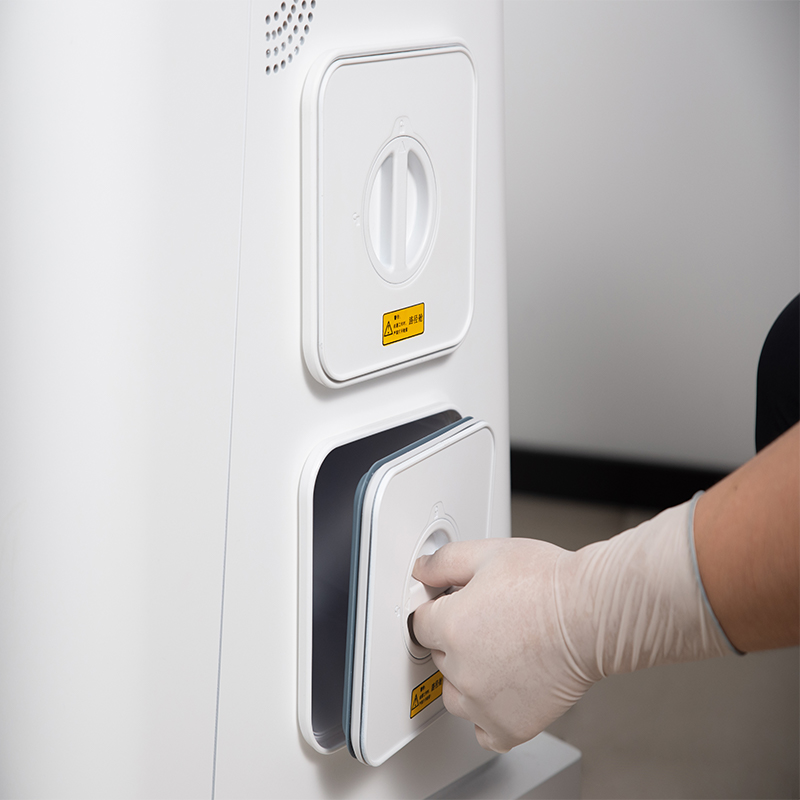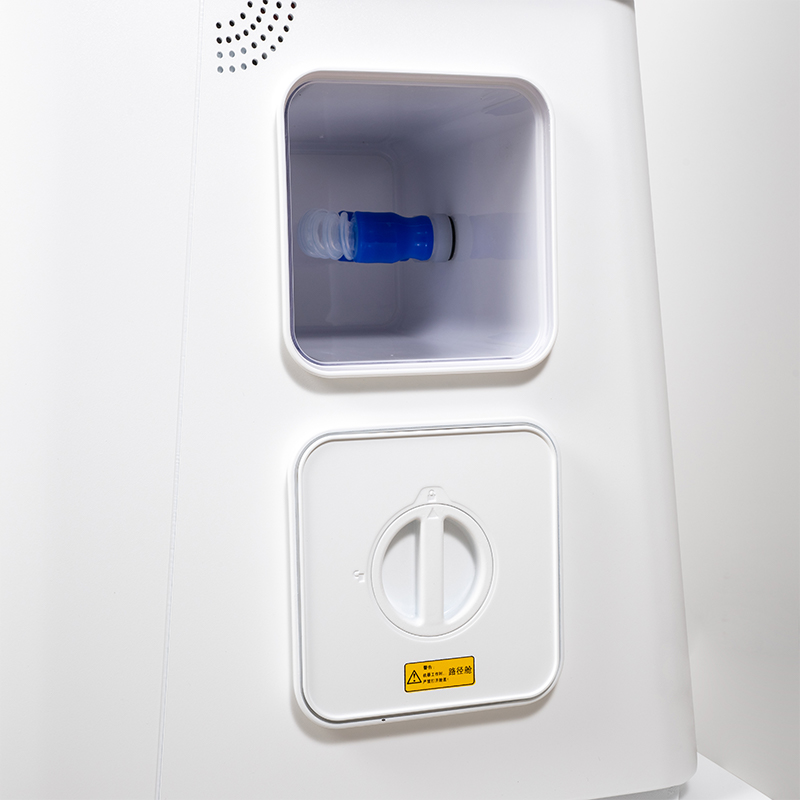Effective Disinfection Methods for Ventilator Equipment
Importance of Disinfection:
Ventilators provide life-sustaining support to patients who are unable to breathe adequately on their own. However, they also present a potential risk of spreading infections if not properly cleaned and disinfected. Ventilator-associated pneumonia (VAP) is a common complication arising from inadequate sterilization of ventilator equipment, leading to longer hospital stays, increased healthcare costs, and even mortality. Therefore, routine disinfection of ventilator equipment is critical to prevent the transmission of harmful pathogens and maintain patient safety.
Effective Disinfection Methods:
1. Follow Manufacturer's Instructions: Begin by carefully reading and understanding the manufacturer's instructions for cleaning and disinfecting ventilator equipment. These instructions often provide specific guidelines, recommended cleaning agents, and proper techniques to ensure effective disinfection.
2. Pre-cleaning: Before initiating the disinfection process, it is essential to remove any visible dirt, blood, or other organic materials from the equipment. This can be achieved using mild detergent and warm water. Thoroughly rinse and dry all surfaces before proceeding with disinfection.
3. Chemical Disinfection: Many hospital-grade disinfectants, such as quaternary ammonium compounds or hydrogen peroxide-based solutions, are effective against a wide range of pathogens. Ensure that the disinfectant used is suitable for the materials comprising the ventilator equipment and follow the recommended contact time for effective disinfection.
4. UV-C Disinfection: Ultraviolet-C (UV-C) light has proven to be a powerful method for disinfecting various surfaces. Portable UV-C devices can be utilized to target areas that are challenging to reach through chemical disinfection. However, it is crucial to follow safety guidelines and ensure that UV-C exposure does not harm the operator or patient.
5. Disposable Barriers: Utilizing disposable barriers, such as plastic covers or sheaths, can be an additional protective measure to prevent contamination of ventilator equipment. These barriers can be easily discarded after use, reducing the risk of cross-contamination between patients.
Conclusion:
Proper disinfection of ventilator equipment is essential to maintain patient safety and prevent the spread of infections. By following the manufacturer's instructions, performing pre-cleaning, utilizing appropriate disinfectants, considering UV-C disinfection, and implementing disposable barriers, healthcare facilities can ensure that ventilator equipment is effectively sanitized. Adhering to these practices will not only minimize the risk of ventilator-associated infections but also contribute to improved patient outcomes and overall healthcare quality.

